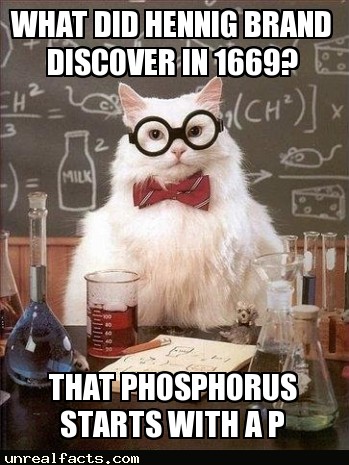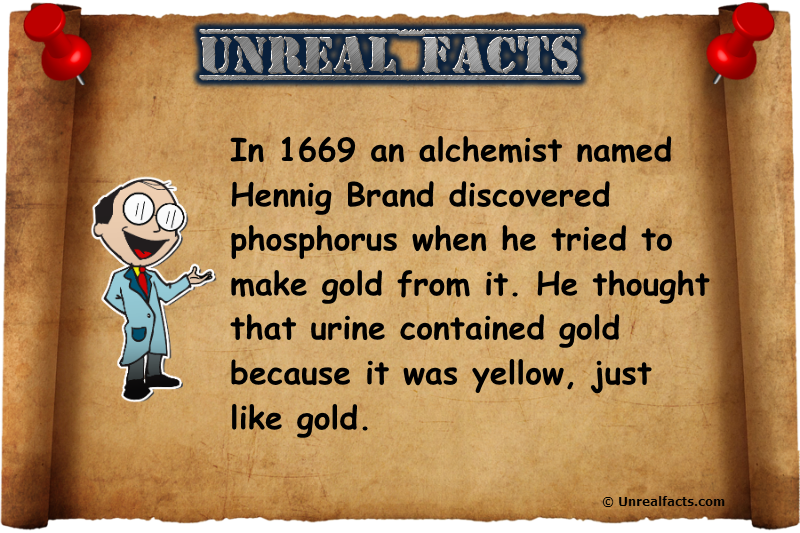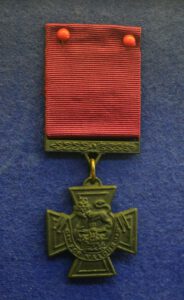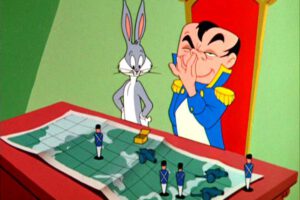
The discovery of phosphorus was made when an alchemist, Hennig Brand, tried to make gold from urine. It’s something that most people wouldn’t even think of trying to do, but back in the mid seventeenth century peoples general knowledge of chemistry was not as advanced as it is today. So why did he try to make gold from urine?
In 1669 an alchemist called Hennig Brand noticed that urine and gold were basically the same colour. He reasoned that the reason urine was the colour it is is because it contains gold, a highly precious metal. So what should a good alchemist do with such a hypothesis? Make the theory a reality.
Hennig Brand first tried to boil some urine in a vat. No problem with that except that it’s a bit disgusting. Once the urine had evaporated a small amount of substance was left over. This substance was glowing red-hot. It then liquefied and burst into flames. When the left over residue in the vat finally hardened and cooled it gave off a pale greenish glow.
Brand named the new discovery from urine phosphorus, from the Greek for “light bearer.” Little did he know that he had just discovered one of the most well known elements in the world. What did he do next with his big discovery?
No real experiment can be proven until it has been replicated. Instead of just boiling a little urine, he boiled 5,500 litres of urine which produced only 120 grams of phosphorus.
After his failure to produce golf from urine, but success in discovering phosphorus, he sold his discovery to Johann Daniel Kraft and Kunckel Von Lowenstern. He sold the idea of his workings because he didn’t want people to find out how he accidentally discovered phosphorus.
Today phosphorus is used in a multitude of uses. It can be used in agriculture as a fertilizer and pesticide, in tooth paste, as a fire starter, and lubricants. While these are very handy uses, one is in particular very bad. Phosphorus has, and at times still is used in weapons of war.








